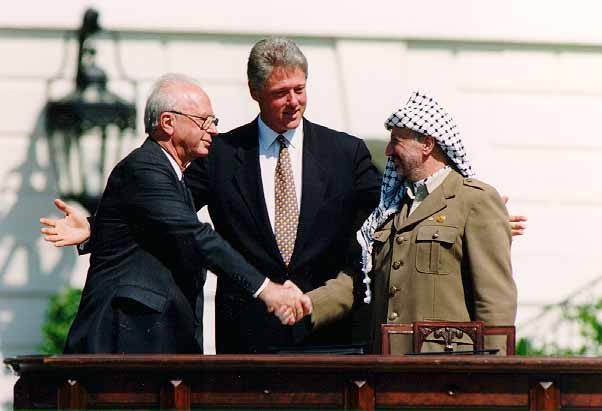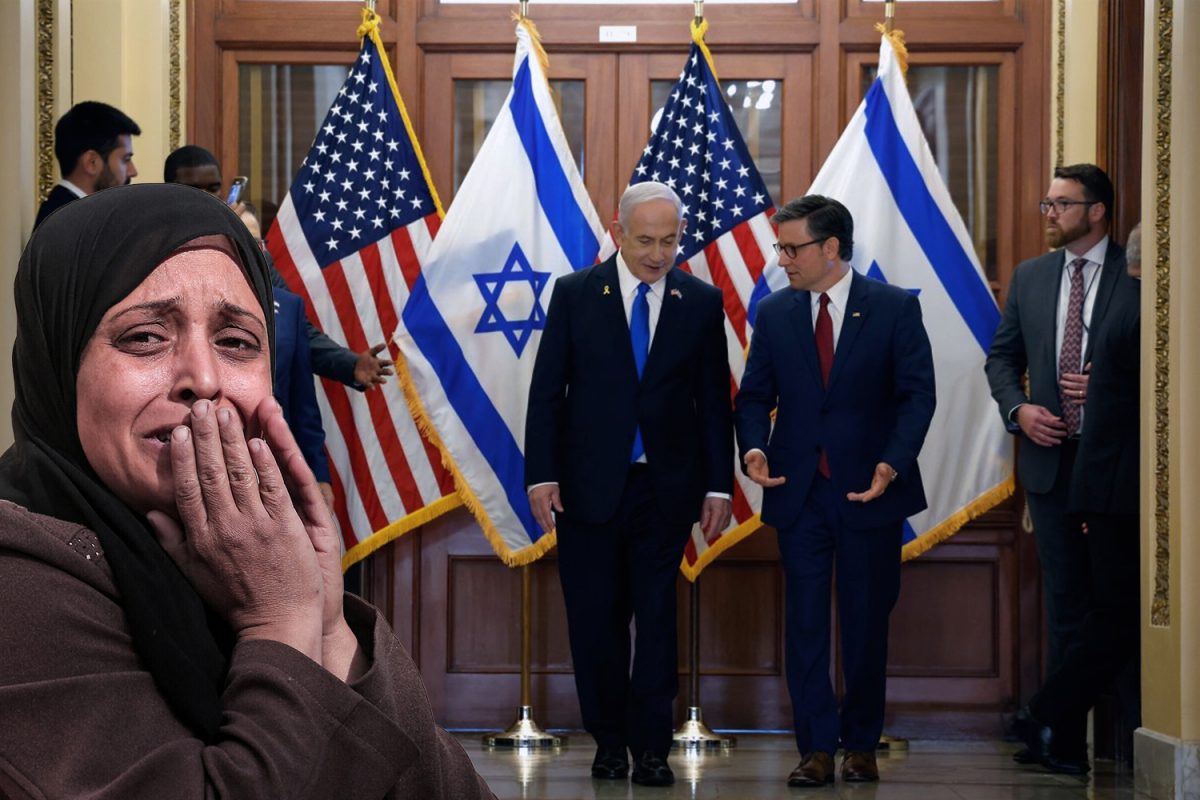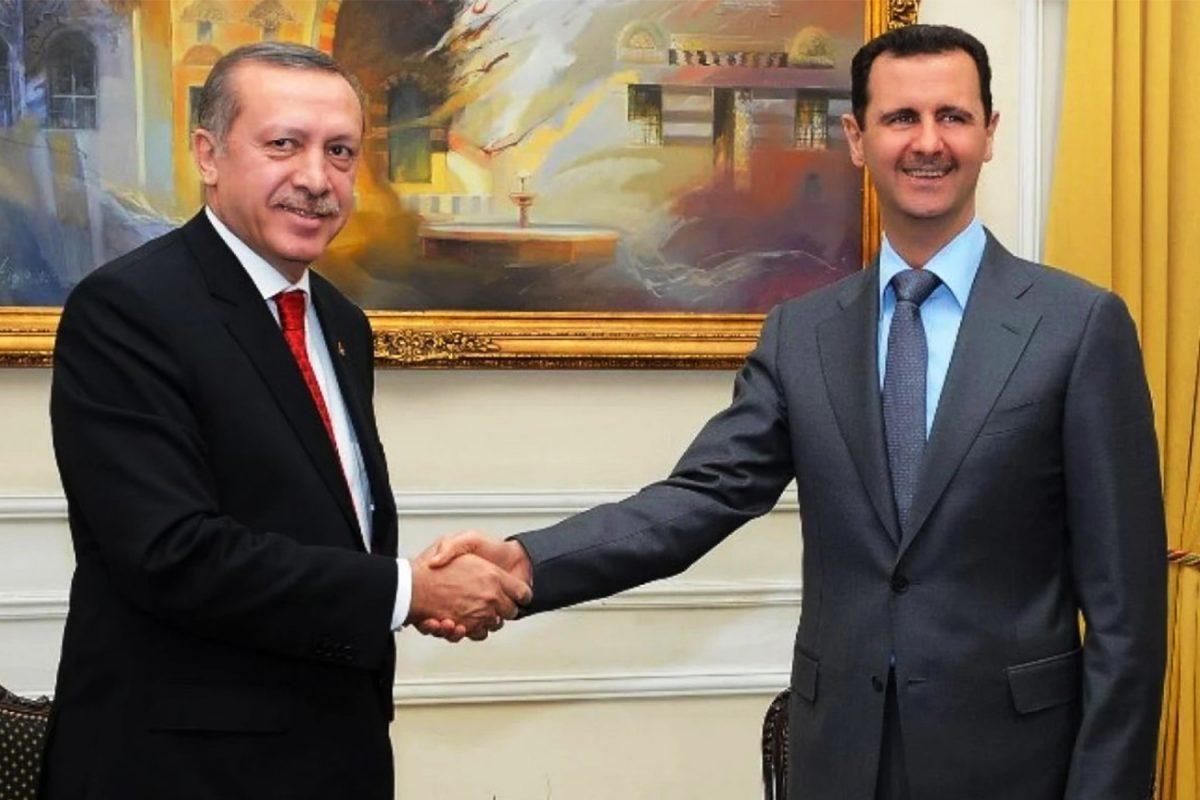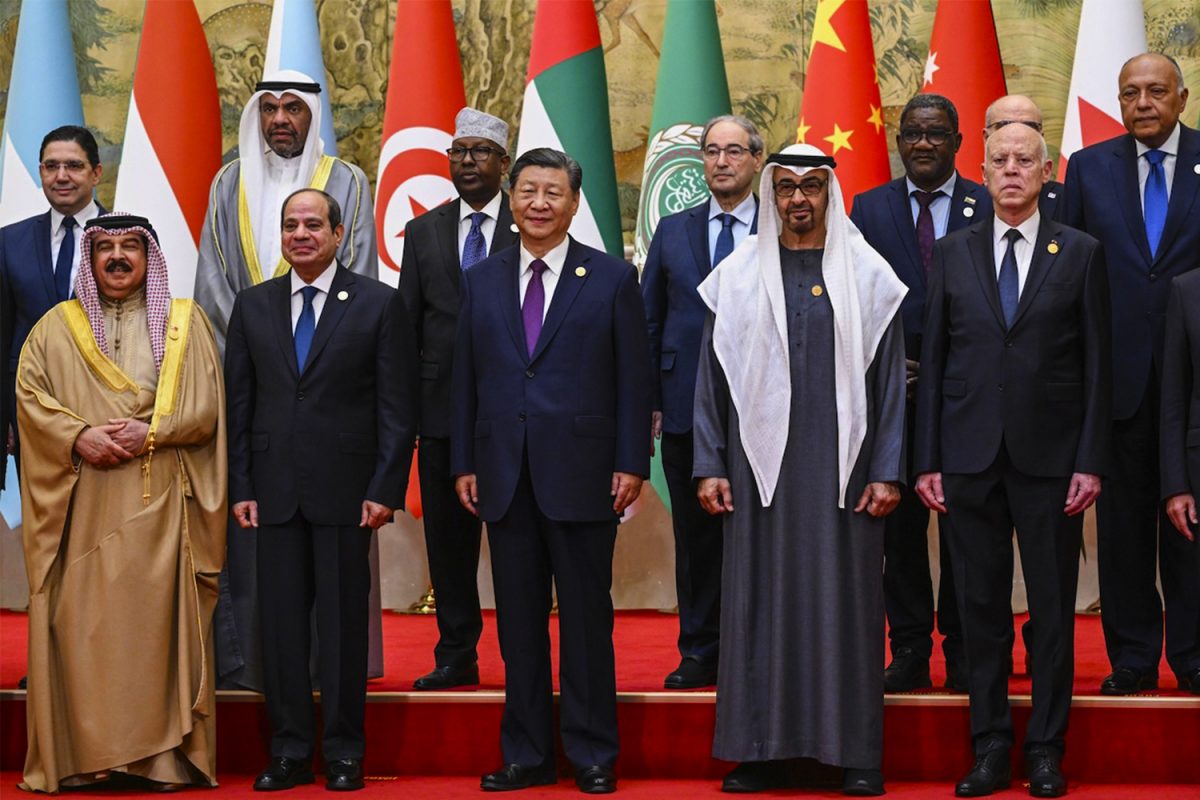The assault by a coalition of groups on Southern Israel on 7th October has thrust Hamas to global prominence. As Israel continues pounding the Gaza Strip the information war is in full swing. Hamas is being attributed with all types of labels, but it doesn’t fit neatly into the many labels some try to fit it into. But after three decades of resistance Hamas’s influence and credibility was already in decline prior to the events of 7th October. The Palestinian liberation struggle will continue, with or without Hamas and whatever the outcome of the current crisis.
For many people, Hamas is a group that is usually seen launching rockets from Gaza into Israel and in armed struggle with the more powerful Israeli state and military. Hamas was a product of the circumstances in the 1980’s and the context at the time is important to understand the emergence and evolution of Hamas.
During the 1980’s the struggle for the liberation of historic Palestine was over three decades old. The surrounding Arab nations had been at war with Israel on four occasions and never won, but saw Israel increase its territorial seizure of land. In 1979 Egyptian president Anwar Sadat signed a peace deal with Israeli Prime Minister Menachem Begin on the grounds of the White House, whereby Egypt recognised Israel as a nation and its right to the territories seized. Egypt would treat Israel like any other nation and have peaceful relations with it. This effectively killed the liberation struggle by the Palestinians who needed the support of the surrounding nations to take on the more powerful Israel. Egypt’s normalisation led to a waning of support for the Palestinian struggle by the other surrounding Arab rulers and this loss of support left the people of Palestine on their own to struggle against the Zionist nation.
The movement for national liberation came to be dominated by the Palestinian Liberation Organisation (PLO), which was a coalition of secular groups dominated by Fatah. Established at the Arab league summit in 1964 it came to be officially seen as the sole representative of the Palestinian cause, a fact eventually accepted by the west and Israel. The PLO engaged in a number of armed assaults and raids against Israel, but this achieved little and as the years went by the PLO realised without the direct support of any of the surrounding Arab rulers armed struggle was not sustainable. As a result, it gave up armed struggle and pursued the path of political dialogue, initially with the surrounding Arab rulers and then eventually with Israel itself.
as the years went by the PLO realised without the direct support of any of the surrounding Arab rulers armed struggle was not sustainable. As a result, it gave up armed struggle and pursued the path of political dialogue
In 1988, the PLO accepted UN resolution 242, which was adopted in the aftermath of the 1967 Six-Day War and required Israel to withdraw to the pre-1967 borders. These borders were to be considered Israel’s national borders and by accepting this the PLO gave up reclaiming all of historic Palestine and accepted Israel’s legitimacy over the seized lands. This culminated in direct negotiations in both the Madrid conference in 1991 and the Oslo Accords in 1993 between the PLO and Israel. The PLO had accepted Israel’s occupation of 78% of historic Palestine. In 1993 Yasser Arafat wrote a letter to the Israeli Prime Minister, in which he not only accepted Israel’s right of existence but also stated he wanted peaceful relations.

Reclaiming National Liberation
This was the context in which Hamas emerged. The Arab rulers had abandoned their liberation struggle and many had lost hope in the secular and corrupt Fatah-led PLO, which began direct negotiations with Israel and gave up reclaiming the lands lost from 1948. The Palestinian people came to see the Arab rulers and the PLO as traitors who had abandoned them to the much powerful occupier. Palestinians resorted to the first Intifada in 1988 – an uprising which was characterised with civil disobedience, mass protests, stone-throwing, strikes, boycotts and acts of resistance against the Israeli military presence in the West Bank, Gaza Strip, and East Jerusalem.
In 1987 Hamas was formally created in light of the first intifada. HAMAS, an acronym for Harakat al-Muqawama al-Islamiya (Islamic Resistance Movement), was founded by Sheikh Ahmed Yassin, a Palestinian cleric who became an activist in local branches of the Muslim Brotherhood after dedicating his early life to Islamic scholarship in Egypt. Beginning in the late 1960s, Yassin preached and performed charitable work in the West Bank and Gaza Strip, both of which were occupied by Israeli forces following the 1967 Six Day War. Yassin established Hamas as the Brotherhood’s local political arm in December 1987, following the outbreak of the first intifada.
Hamas quickly gained legitimacy and credibility among Palestinians for its use of force against Israel during the first and second intifadas. Hamas also provided much-needed social services and its incorporation of Islam in its struggle which, unlike the secular PLO, resonated with the people. This led Hamas to win the Legislative elections in 2006 for the Palestinian territories, striking a blow to the PLO. The transition of power was not peaceful as Hamas ruled Gaza and the PLO ruled the West Bank. This split remains in place today.
The transition from resistance to governance was not easy for Hamas. Many of the reasons are beyond Hamas’s control. The development of Hamas was tacitly encouraged by Israel, which viewed the formation of another Palestinian faction as a net positive because it would weaken the overall Palestinian position. For the likes of Netanyahu, the existence of Hamas was used to forestall negotiations on autonomy for the West Bank and the Gaza Strip. Israel eventually imposed a full blockade on Gaza from the air, land, and sea. Gaza is today completely controlled by the Israeli military. Food, potable water, electricity, medicine, building materials, etc. have been severely restricted by Israel. Whilst Hamas was elected into office by the Palestinians, the office it was elected for in reality never existed as the Gaza strip was under occupation.
The US supported the 2006 elections in the West Bank and Gaza and believed the PLO would win but as soon as Hamas won the US began to destabilise Hamas. The New York Times reported in February 2006 that “…the United States and Israel are discussing ways to destabilize the Palestinian government so that newly elected Hamas officials will fail and elections will be called again. The intention is to starve the Palestinian Authority of money and international connections to the point where, some months from now, its president, Mahmoud Abbas, is compelled to call for new elections.”[1]
The US supported the 2006 elections in the West Bank and Gaza and believed the PLO would win but as soon as Hamas won the US began to destabilise Hamas
From Destructive to Constructive Relations
Much has been made about Hamas’s political ideals and its goal of the destruction of Israel, but the reality is, much like the PLO, Hamas’s position has evolved with the circumstances. In its original charter in 1988, Hamas’s declared objectives were to wage an armed struggle against Israel, liberate Palestine from Israeli occupation and transform historic Palestine into an Islamic state. Hamas’s original leadership viewed militancy as a means to a political end. Sheikh Ahmed Yassin argued that Hamas was a political movement, and it would fight for the rights of Palestinians, with the objective of eliminating Israel. The violent means Hamas has used made it highly controversial as a political player, but these methods were a means to a political end. Hamas held political ambitions from its inception.
Hamas has since its inception tried to demonstrate that it is a political movement that has political aims of establishing an entity in Palestine, but its use of violence against a much larger and resourceful Israel has led its leaders and senior members to compromise with Israel for political recognition. The numerous compromises saw Hamas abandon its original charter goal of eliminating Israel. In 2006, Hamas signed the Palestinian Prisoners’ Document, which recognised the 1967 borders. This document also recognised the authority of the President of the Palestinian National Authority to negotiate with Israel. In an interview in 2011 Hamas’s Deputy Foreign Minister Ghazi Hamad told NPR’s Robert Siegel that the Islamic political party has accepted a two-state solution that respects the 1967 borders. When asked: “If Israel were to accept a two-state solution in which Palestine would be in Gaza and the West Bank and have its capital in Jerusalem, is that an acceptable aim that Hamas is striving for or is that in and of itself insufficient because there would still be a state of Israel?” The deputy foreign minister replied: “Look, we said, frankly, we accept the state and ‘67 borders. This was mentioned many times and we repeated many times.”[2] Khaled Mashal, who has been Hamas’s leader since the assassination of Sheikh Khaled Yassin in 2004 on numerous occasions has stated he accepts the 1967 borders and two states.[3]
The violent means Hamas has used made it highly controversial as a political player, but these methods were a means to a political end. Hamas held political ambitions from its inception
In 2017 Hamas overhauled its 1988 charter and published a Document of General Principles and Policies that accepted establishing a Palestinian state on the borders of 1967. The revised document indirectly renounced violence and claimed to adhere to international laws. It also distanced Hamas from the Muslim Brotherhood, referring to itself as a national liberation political movement. The new charter removed the emphasis on religious conflict and employed the ideals of both nationalism and Western liberalism. The new document used the language of natural right, declaring that the Palestinian desire for nationhood as an “inalienable right” possessed by the Palestinian people. The Charter also made clear the Israeli-Palestinian conflict is political, not religious.
By 2017 Hamas had ruled Gaza for a decade and failed to improve the living standards of its people, though not for lack of trying. Anyone who rules over Gaza would find it impossible as the territory is overcrowded, lacks resources and is surrounded by an occupation force that controls what goes in and out. The Gaza Strip is effectively a concentration camp. The wars with Israel in 2008-2009, 2012 and 2014 only made things worse.
Hamas has faced the same challenge all stateless groups face – how to defeat a resourceful state. Israel with considerable international support and aid and with its own industries and military capabilities was always going to be difficult to challenge without considerable capability on Hamas’s part. When Hamas used to call for the destruction of Israel it had no capabilities whatsoever to ever deliver on it. Its new charter in 2017 brought the groups ideals more in line with its capabilities, but it still remains the case Hamas cannot effectively rule over the Gaza Strip as it’s not an independent territory.
Hamas’s core struggle has always been how to proceed along its political path while presiding over a stateless entity, especially when its reputation has been primarily built on armed resistance, not on political credentials. Whilst Hamas claimed to hold political office, the reality has always been there is no office as the Gaza Strip is not an independent and autonomous territory.
As Israel begins its ground invasion of Gaza its likely Hamas and the other groups will resist Israel and look to raise the cost for her. Whether Hamas survives Israel’s onslaught remains to be seen but the battle for the Palestinian people for liberation will continue and will outlast Hamas.
[1] U.S. and Israelis Are Said to Talk of Hamas Ouster – The New York Times (nytimes.com)
[2] Hamas Foreign Minister: We Accept Two-State Solution With ’67 Borders : The Two-Way : NPR
[3] Key Hamas leader accepts 1967 borders, embraces pragmatism – +972 Magazine




